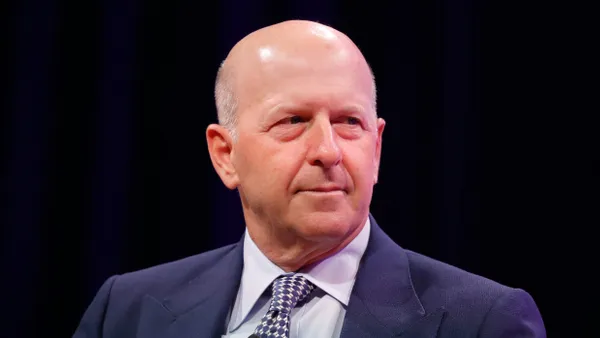Dive Brief:
- WaFd Bank is exiting the single-family mortgage lending business, spurring an 8% reduction in the lender’s workforce, the Seattle-based bank said Thursday.
- The job cuts affect 174 employees, based on a headcount of 2,175 the bank reported at the end of 2024, according to quarterly financial results WaFd disclosed Thursday. The cuts also factor in the bank “right sizing other support areas,” WaFd CEO Brent Beardall said in the earnings release.
- The bank recorded a $5.4 million restructuring expense for the quarter with the mortgage exit. By the end of June, WaFd expects to save about $17 million in annual expenses by leaving the sector. The bank will retain all existing home loans and home equity lines of credit on its books, “ensuring no disruption for our current customers,” Beardall said.
Dive Insight:
Beardall, in a Thursday post on LinkedIn, called it “one of the most difficult days I have had as CEO.”
“I am deeply saddened for the impacted employees and their families, but I am proud to work for a bank strong enough to acknowledge when the world has changed and bold enough to pivot [accordingly],” Beardall wrote in the LinkedIn post.
The bank had originated mortgage loans for more than a century, but Beardall noted shifts that have occurred over the years that have made remaining in the business more challenging for the lender.
In WaFd’s earnings release, Beardall cited two main reasons for the exit: “Home loans are seen as a commodity with nearly 70% of originations sold to US government sponsored enterprises like Freddie Mac and Fannie Mae, which has caused profitability to decrease and credit risk to increase.”
Further, refinancing – which technology has made simpler for consumers – raises interest rate risk for banks holding mortgages, Beardall said.
“Our aim is to always offer products and services to our customers where WaFd Bank can add value, and we have concluded that we no longer do so in the mortgage sector,” he wrote.
Another contributing factor in the bank’s decision: the “regulatory burden associated with mortgage lending,” Beardall wrote. The bank recently received a Community Reinvestment Act rating of “Needs to Improve” after failing to make enough loans to low and moderate income borrowers. The bank competes with government-sponsored financing programs “with less stringent underwriting than we are comfortable offering as a lender that retains all loans on our balance sheet,” Beardall noted.
The bank plans to appeal its CRA rating, he said.
WaFd also plans to fill a need it sees in business banking.
“Going forward, in addition to serving consumers, WaFd will concentrate its focus, offerings and efforts on business banking and commercial real estate lending,” Beardall wrote. “We will also begin offering [Small Business Administration] lending products that will allow us to broaden our offerings for small businesses.”
The bank made management changes, too – including transitioning Chief Consumer Banker Cathy Cooper to chief experience officer. In her new role, she’ll focus on improving client experience digitally and in person.
Chief Commercial Banker James Endrizzi, meanwhile, will leave that role and assume leadership responsibility for commercial real estate in Utah and Nevada in a non-executive role.
Last year, WaFd sold about 2,000 CRE loans to Bank of America for about $2.9 billion.
WaFd isn’t the only bank to leave the mortgage sector. Detroit-based lender Ally said this month it’s planning a full mortgage business exit during the first quarter. Flagstar last year sold its residential mortgage servicing business to nonbank mortgage firm Mr. Cooper for $1.4 billion.












